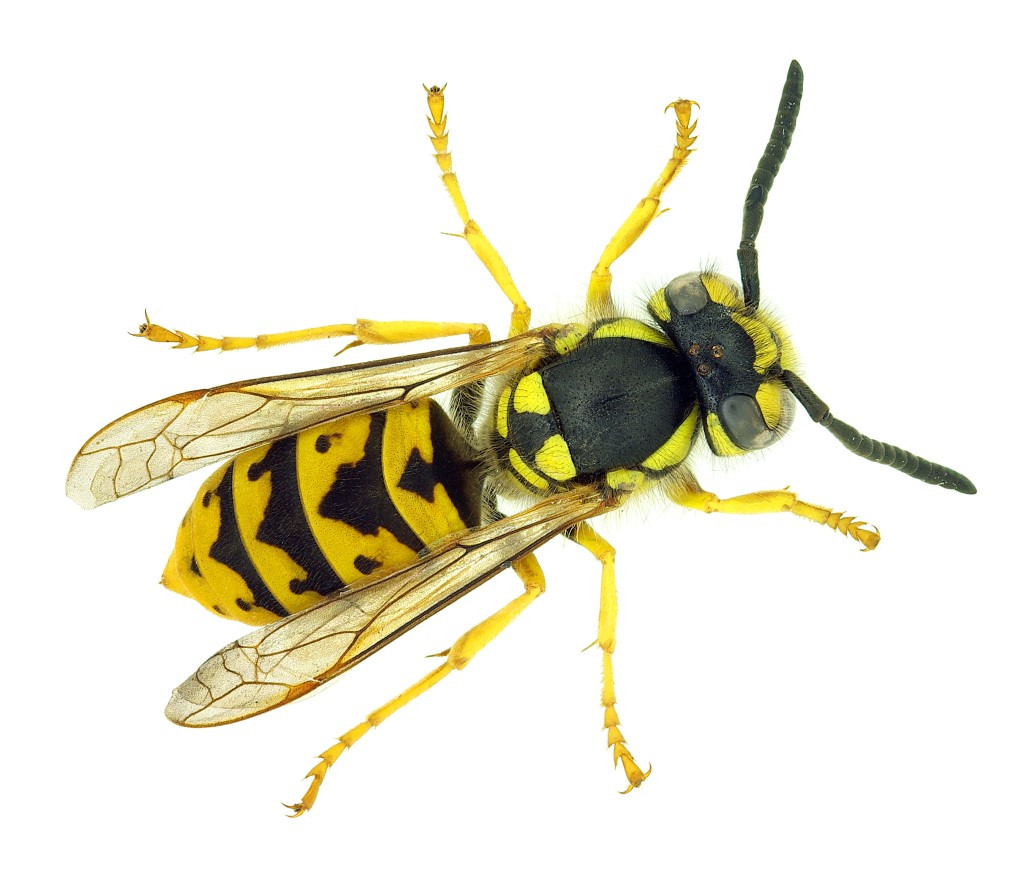Bees and wasps

Wasps and bees look similar as they are closely related. Compared to bees, Wasps have fewer hairs, smaller waists, smaller hindlegs, very few veins and cross-veins of their wings, and long antennae.
What harm can be caused?
They may sting, bite, or swarm (rare) to defend themselves or their colony. Local reactions to stings may include:
- Redness
- Itching
- Tenderness
- Swelling
- Itching
- Burning
Allergic reactions may include: hives or rash, headache, swelling away from the sing site, stomach upset, minor respiratory symptoms.
If a person has a known allergy, call 000 asap!
What should I do it I get bitten?
Better Health Channel first aid for bites and stings
Note: We are not medical practitioners so please always see your doctor or call 000 if you have unsure about your symptoms.
Where are bees and wasps found
- In soil and on plants especially around flowers
- On the ground
- In the air
- Inside fruit (especially figs)
- In nests or burrows of other insects
- Around the house.
Swarming occurs most around Spring leading into Summer. It is part of the natural reproduction of bee colonies and is not a danger if left alone. The old queen bee takes a large number of worker bees to find a new home, leaving the new queen with an established colony.
The swarm usually stays for 1-2 days while the worker bees search for a new home. They have annual colonies that last only for 1 year.
How to avoid bees and wasps?
If there’s a swarm: stay inside until the bees cluster onto an object and most bees have stopped flying. Keep clear of the swarm until you arrange to have it removed. Wear shoes to avoid touching bees on the ground.
Find out more
- Sawflies, ants, bees and wasps (Australian Museum)
- Ants, bees, and wasps (BBC Nature Wildlife)
- Wasp and bee control (University of Minnesota)
- Bees and wasps (Town of Victoria Park)
Want to prevent or get rid of bees and wasps?
Do you have a swarm at your place? Have you seen a few more bees flying around for a few days than you are used to?
Call Rusty on 1800 787 897 for advice and inspection.

 © 2016 Rusty's Pest Management Solutions
© 2016 Rusty's Pest Management Solutions